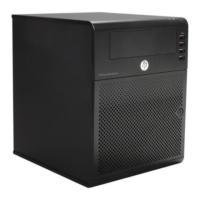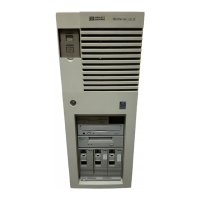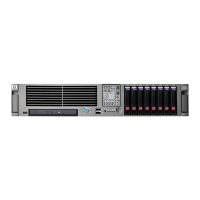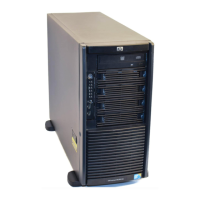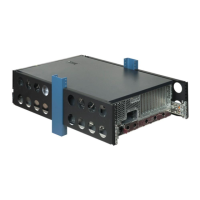Processes: Monitoring and Recovery
HP Integrity NonStop NS-Series Operations Guide—529869-005
5-2
I/O Processes (IOPs)
I/O Processes (IOPs)
An I/O process (IOP) is a system process that manages communications between a
processor and I/O devices. IOPs are often configured as fault-tolerant process pairs,
and they typically control one or more I/O devices or communications lines. Each IOP
is configured in a maximum of two processors, typically a primary processor and a
backup processor.
An IOP provides an application program interface (API) that allows access to an I/O
interface. A wide area network (WAN) communications line is an example of an I/O
interface. IOPs configured using the SCF interface to the WAN subsystem manage the
input and output functions for the ServerNet wide area network (SWAN) concentrator.
Examples of IOPs include, but are not limited to, line-handler processes for Expand
and other communications subsystems.
Generic Processes
Generic processes are configured by the SCF interface to the Kernel subsystem. They
can be configured in one or more processors. Although sometimes called system-
managed processes, generic processes can be either system processes or user-
created processes. Any process that can be started from a TACL prompt can be
configured as a generic process. Generic processes can be configured to have
persistence; that is, to automatically restart if stopped abnormally.
Examples of generic processes:
•
The $ZZKRN Kernel subsystem manager process
•
Other generic processes controlled by $ZZKRN; for example:
°
The $ZZSTO storage subsystem manager process
°
The $ZZWAN wide area network (WAN) subsystem manager process
°
QIO processes
°
OSM server processes
°
The $ZZLAN ServerNet LAN Systems Access (SLSA) subsystem manager
process
°
The $FCSMON fibre channel storage monitor
For more information, refer to the SCF Reference Manual for the Kernel Subsystem.
